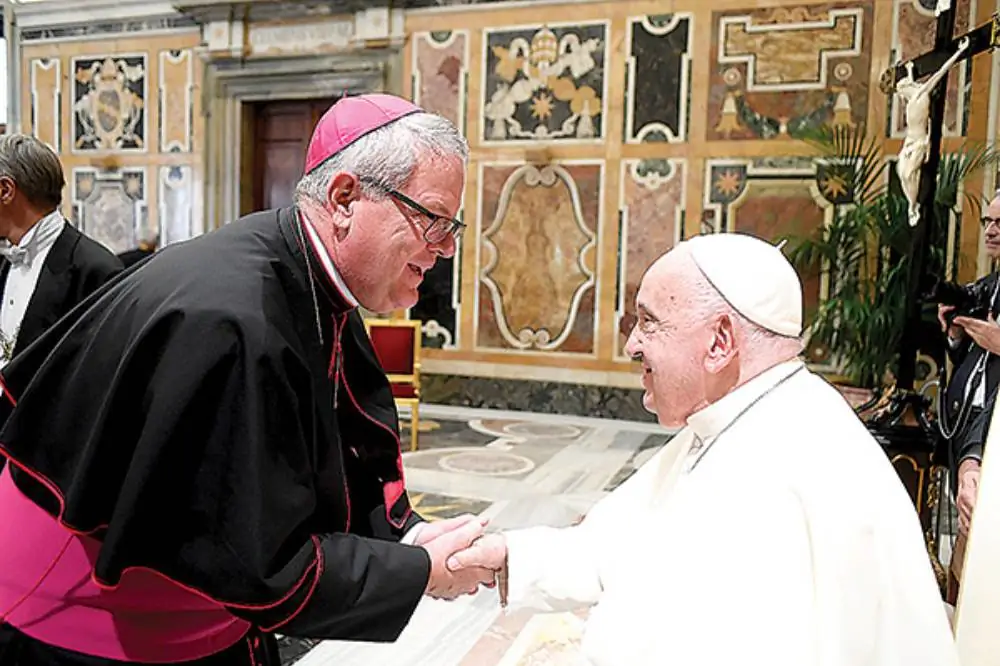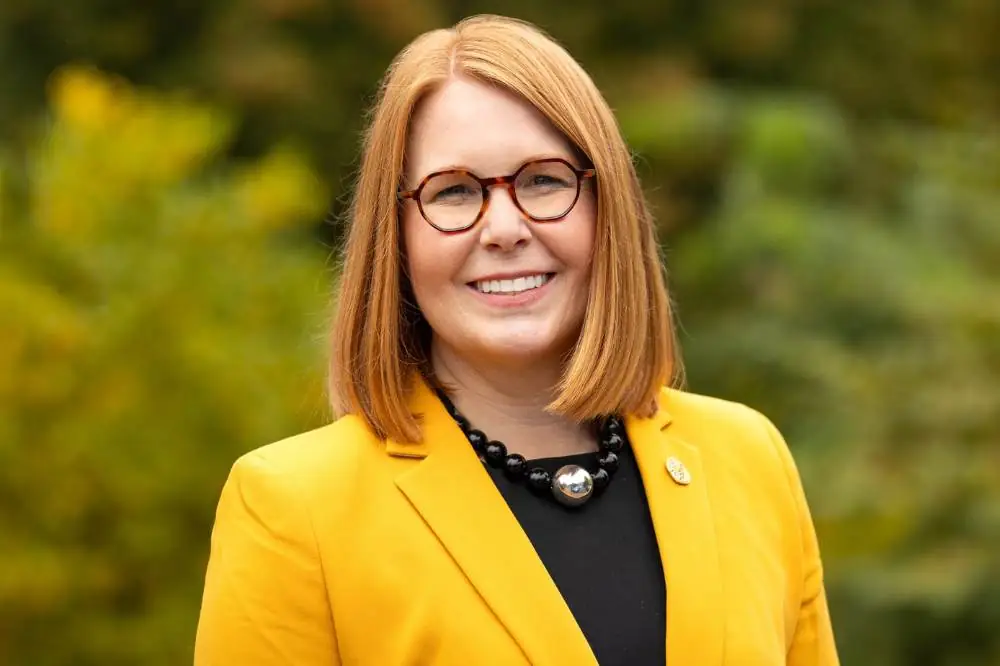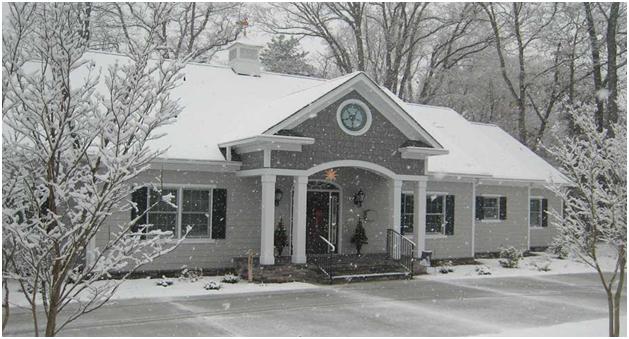
A “Reformation 500” House
Amid recent celebrations of the Reformation’s 500th anniversary, can a house also participate? Maybe a newly built house in an historic district of Hickory, N.C. is doing just that. Located near Lenoir-Rhyne University, it at least offers two striking symbols of Martin Luther and the Reformation … one widely recognized and one seemingly much less known.
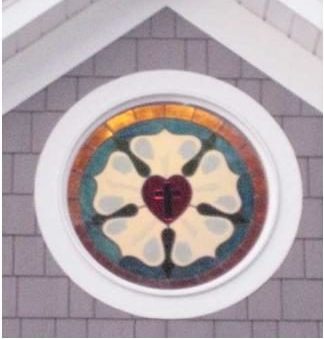
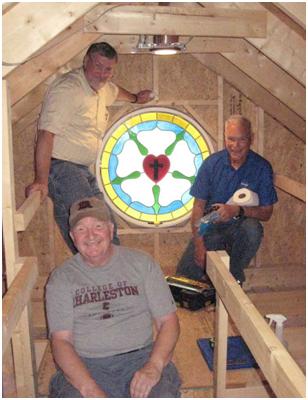
This window was made by a dedicated group of volunteers from Holy Comforter Lutheran Church in Belmont, N.C. The church’s long-time, now retired pastor Mike Varn says he started working in stained glass at least 25 years ago after attending a class in Charlotte. Various members of the congregation joined him over the years as they designed and made various windows for parts of the church, their homes … and even one for a mission congregation, as well as a concrete stained-glass bench for the N.C. Synod office.
For the Hickory house, “Varn & Co.” not only used the latest fusible and lead-glass techniques to produce a stunning window, they also figured out how to latch it in behind the permanent clear window, so it can later be changed … if the owners (two “generic” or life-long Lutherans) wish to do so. But not many homes feature a window as elegant and meaningful as this one … and a light behind it even projects Luther’s striking design at night, so none of the frequent passers-by can miss it.
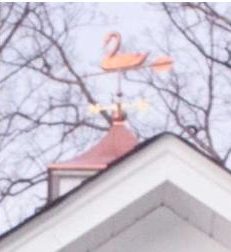
The connection goes back to John Huss (Jan Hus), a Catholic priest and reformer in Bohemia, whose religious writings and criticisms of the medieval Church strongly influenced Luther a century later. But Huss, whose name meant “goose” in his native Czech language, was convicted as a heretic and burned at the stake by the Church in 1415. But just before Huss was executed—as the story goes—a priest observing the event wrote down that Huss said,” You are now going to burn a goose, but in a century you will have a swan which you can neither roast nor boil.” (And Luther produced his famous 95 theses that started the Reformation ball rolling in 1517, just over a hundred years later.)
Luther, of course, knew the Huss story, and it’s said he eventually referred to himself as the swan Huss had predicted. And apparently, after the story was re-told at Luther’s funeral in 1546, the swan caught on as a symbol of Luther and was frequently pictured with him in Reformation art.
Now—as we look ahead today—we’ve only just begun to commemorate key Reformation events that unleashed a tsunami of change across the world. Luther himself preached that his theology … that of Grace or salvation by faith alone … was not his doing but “God’s gift.” And each day we’re reminded of that Grace in God’s best gift: His Son, our Saviour Jesus Christ. So let’s continue to celebrate … just how blessed we are, as well as how we can be a blessing to each other.
Meanwhile, there’s a brand-new house with centuries’-old enduring symbols in North Carolina that will continue to celebrate right along with us.
(Historical sources include lutheranreformation.org and lutheranpress.com.)

